Stone in the hands of an artist
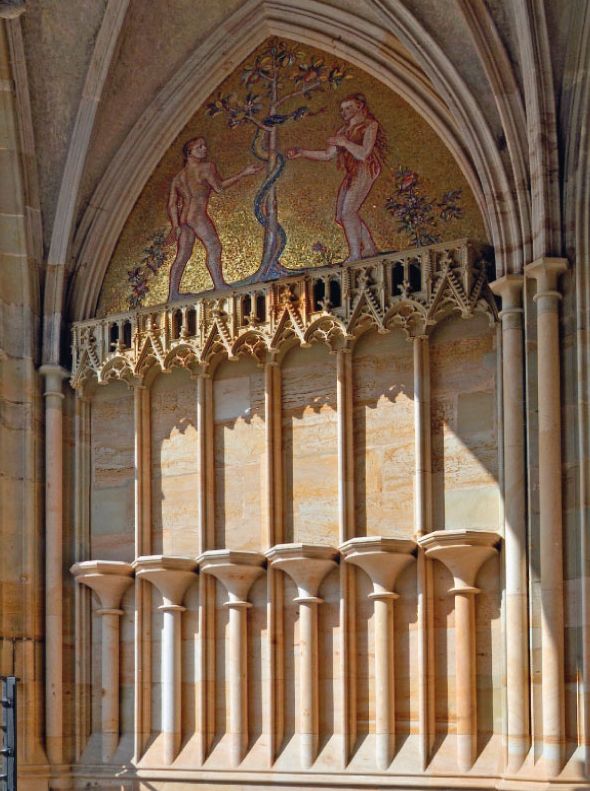
In ordinary civil private space, most of us do not encounter stone art elements very often. All the more, however, stone crafts and arts adorn common public space as well as historic city centres and their monuments. Stone sculptures and other artistically processed elements are often valuable historic heritage of the past, but also items of contemporary art.
Stonemasonry is a craft that processes stone and creates stone products. Stone is measured and cut by stonemasons, or modified into the form of stone products for common use: tombstones, rough and clean stone blocks, pavement kerbs, inscriptions and decoration in stone, as well as work in restoring stone elements of monuments, (removing stone units, cleaning, conservation, reassembly, sealing,…). Stonemasons also perform complicated building, stylistic, figural and monumental stonemasonry work. However, here we are talking about artistic stonework, which almost touches stone sculpture. Stonemasonry work is characterized by quite an amount of dust and noise. Apart from apprenticeship, a stonemason needs skills, aesthetic feeling, inventiveness and creative abilities, patience and also physical fitness. Hammers, chisels, splitting, polishing and hammering machines and drilling rigs are the most commonly used tools.
An artist stonemason creates sculptural works according to originals or designs created by artists. He also makes copies of stone sculptures based on historical originals, and restores historically valuable works of sculpture and architecture. An artist stonemason works with hand tools. Both artist stonemason and sculptor make copies of works of art made in stone such as sculptures, reliefs, emblems, capitals with ornamental and plant motifs, and also decorates palaces, churches, fountains, portals according to the supplied models, but also according to original new designs.
The stone sculptor is a creative artist transforming objects, figures, phenomena and their artistic ideas into a three-dimensional stone object. Sculptors do, therefore, use their creativity and ingenuity in practice. Stone sculpture gradually became independent of other fields of sculpture. The working environment of the sculptor places relatively high demands on space and also on technical equipment. In addition to the craftsmanship and professional prerequisites of a stonemason, the sculptor should also possess good knowledge in field of fine arts history, in the history of technological processes and their use. A sense of detail, spatial vision, a sense of the rhythm of volumes and also for the composition of materials are also important. A sculptor needs education at college of fine arts in the field of sculpture.

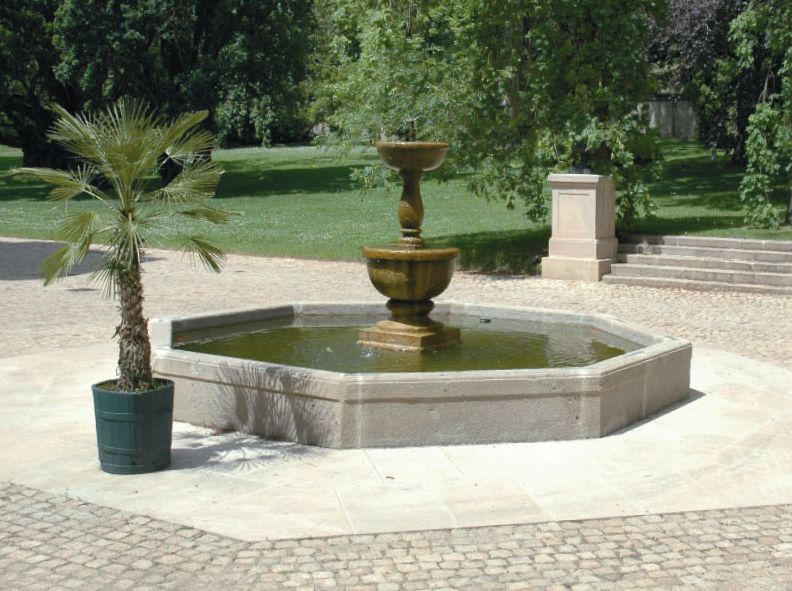


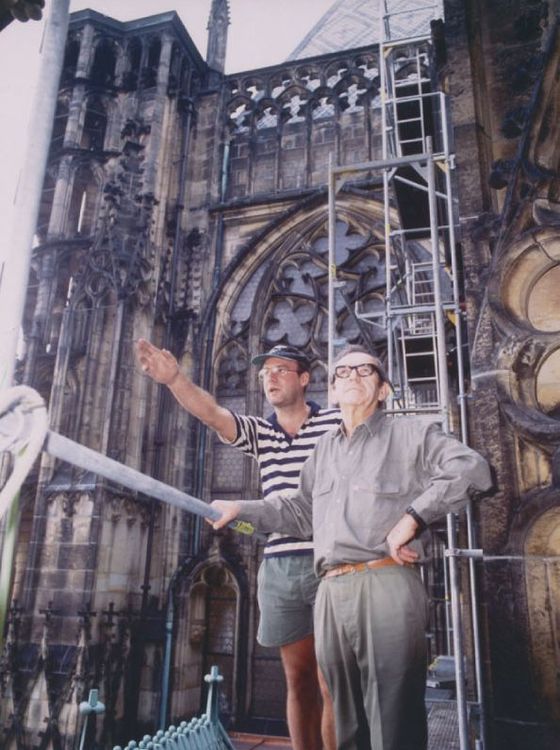
Restoration stonework
They cover all architectural elements as well as whole objects made of stone, stone reinforcement, conservation and hydrophobization, gilding, silvering, … Stone architectural elements can be removed, restored and then reinstalled in place. A separate branch of restoration work is called stylistic work, which is needed in the renovation of castles, chateaux, monasteries, churches, chapels, palaces, historic houses, balustrades, portals, monuments and others. Different types of stone are used according to specific needs, it is sometimes necessary to trace back the original quarry in which the stone was once mined. This is often the case with sandstone, marlite, marble, limestone or granite.

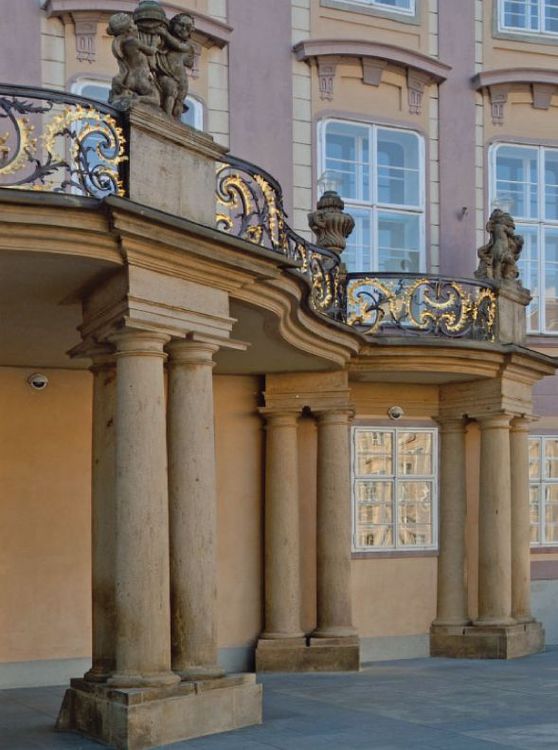

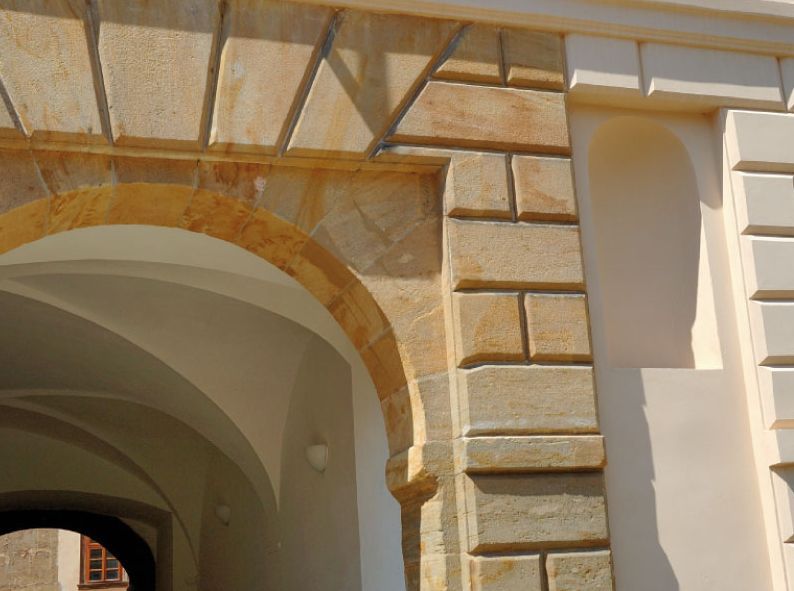

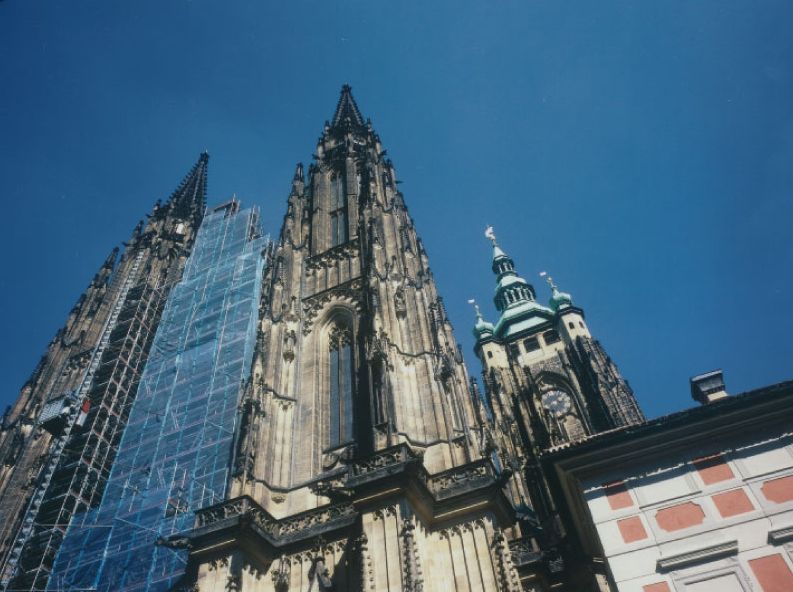
Source: www.ceskestavby.cz
